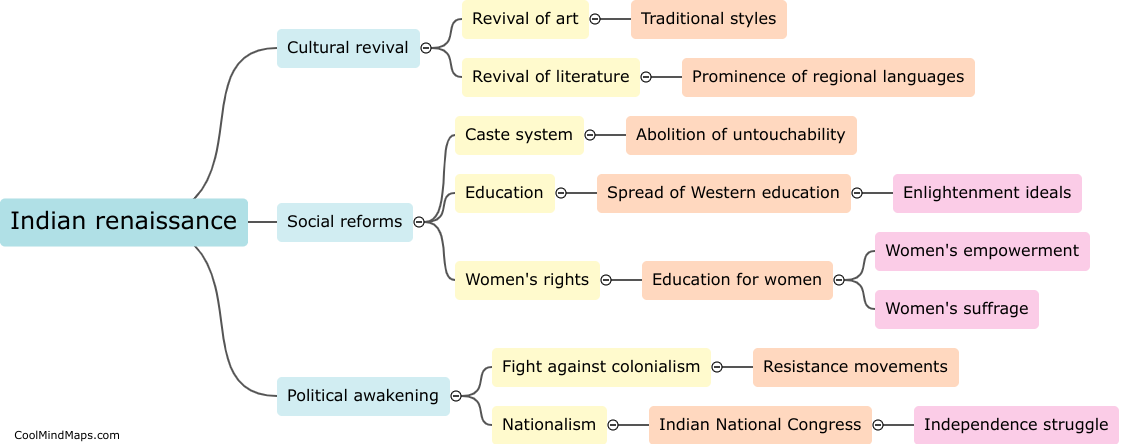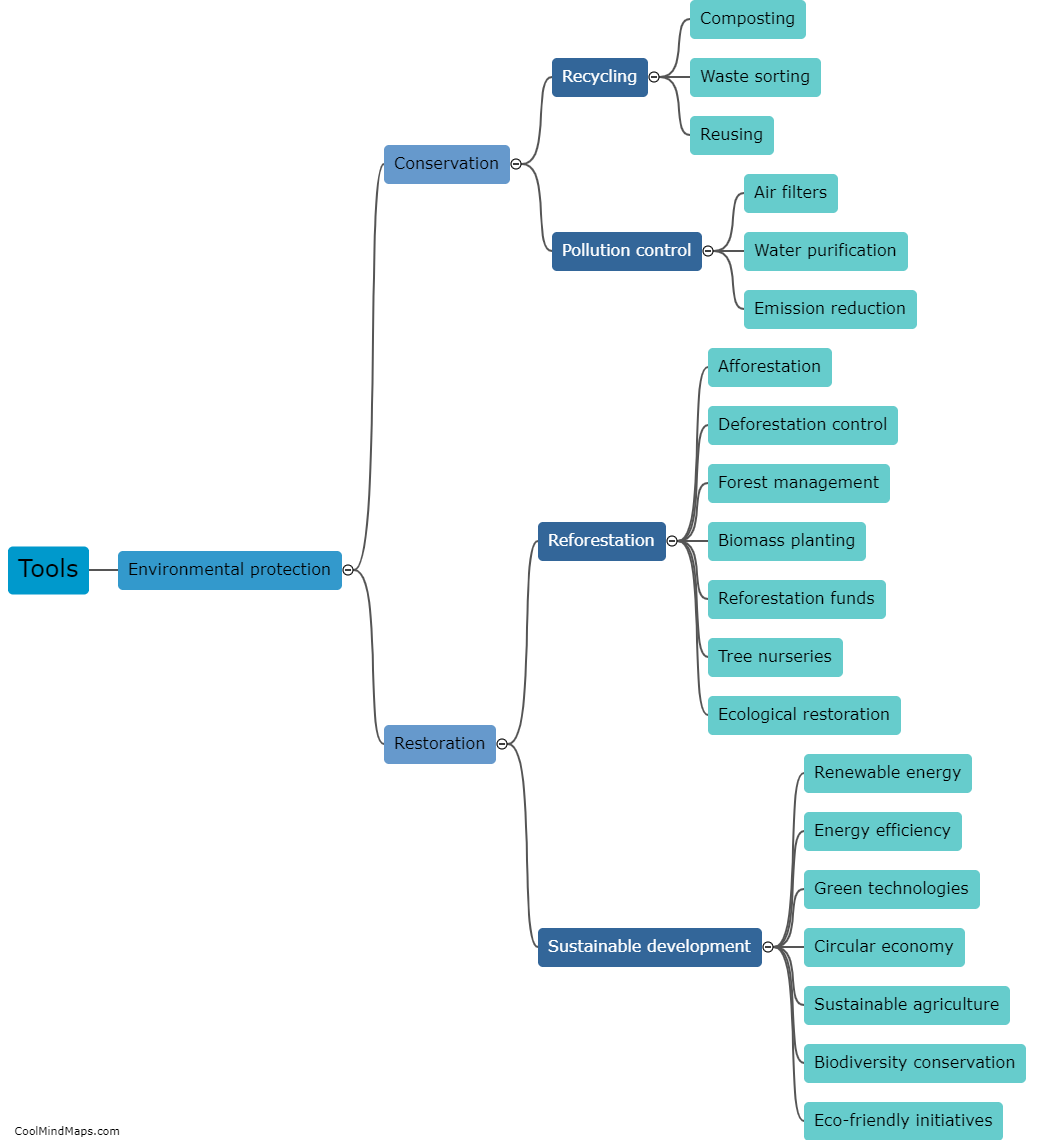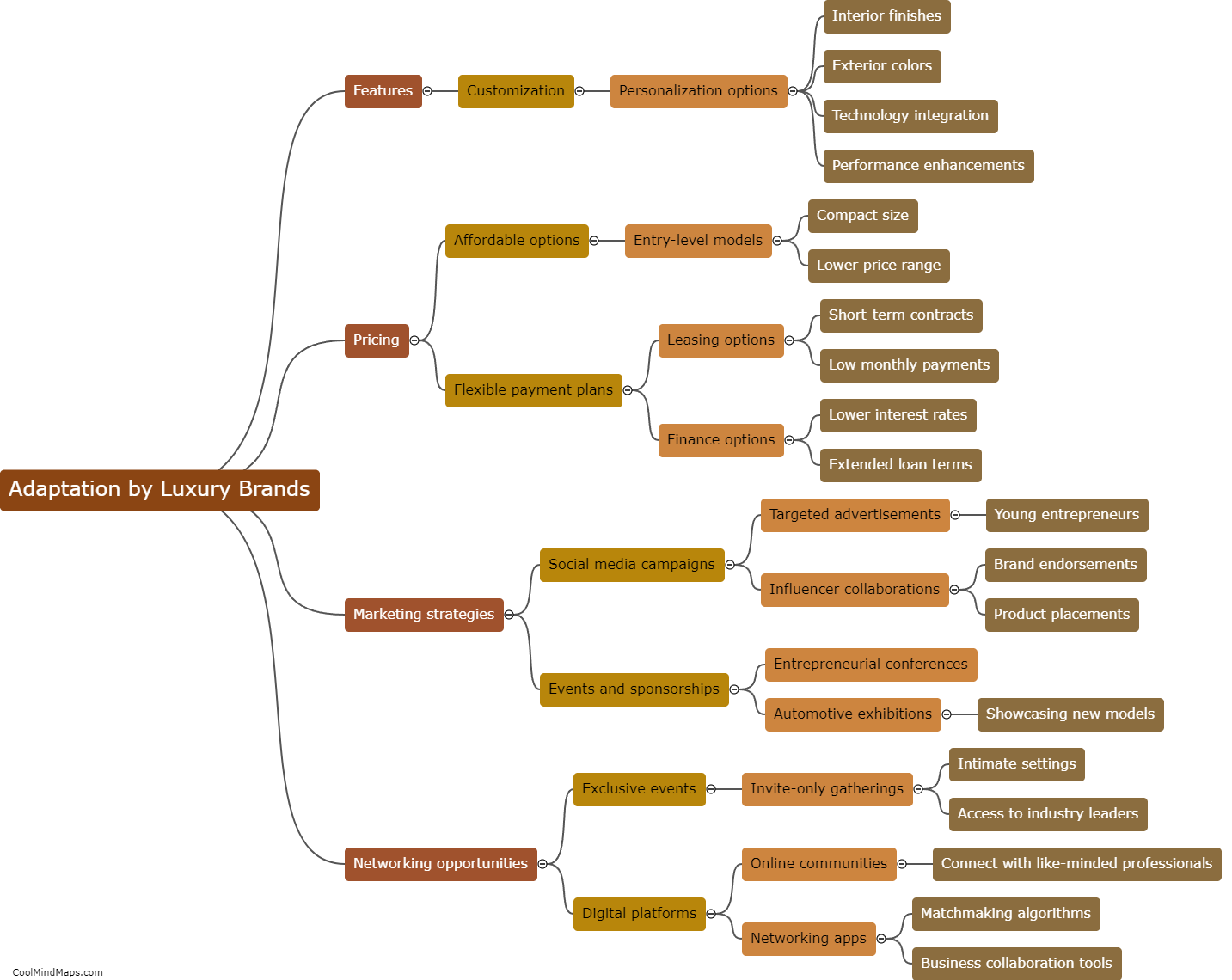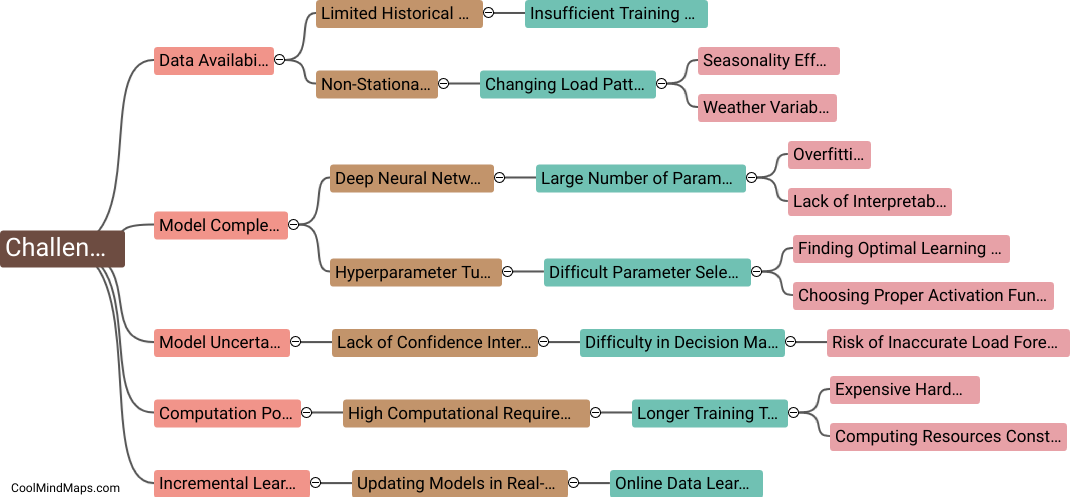What are the different methods used for short load forecasting?
Short-term load forecasting is essential for efficient and reliable operation of power systems. Several methods are employed to accurately predict short-term load demand. One approach is the statistical method, which involves time series analysis and regression techniques. It utilizes historical load data to identify patterns and trends, and then applies statistical models to extrapolate future load. Another approach is the artificial intelligence method, which employs neural networks, fuzzy logic, and machine learning algorithms. This method can capture nonlinear relationships and complex dependencies in load patterns, making it suitable for highly volatile and unpredictable load conditions. Additionally, expert systems can be used, where human expertise and domain knowledge are incorporated into the forecasting process. Each method has its strengths and limitations and can be adapted based on the specific requirements and characteristics of the power system.

This mind map was published on 12 October 2023 and has been viewed 91 times.











